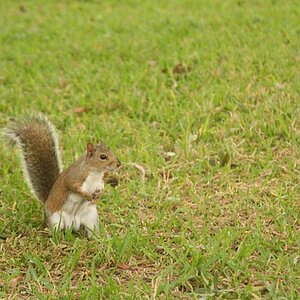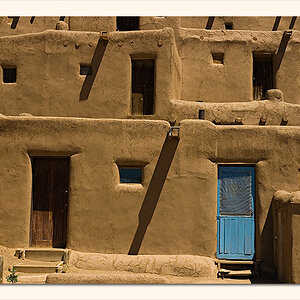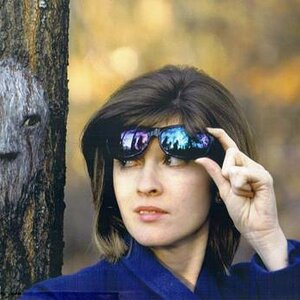A
astrostu
Guest
I've seen some incredible IR photographs on this site. My question is pretty simple: How do you take 'em? Obviously I'm assuming that there's an IR filter involved ... but is there a special camera that you need, or can I use my reg'lar Digital Rebel?



![[No title]](/data/xfmg/thumbnail/33/33342-79274d7e5cdf3e52939255e1cd89f2d0.jpg?1619735911)
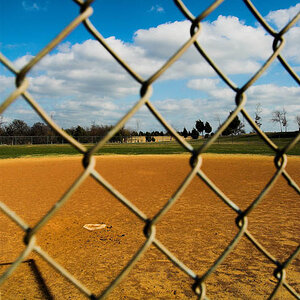

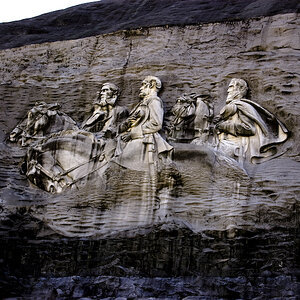
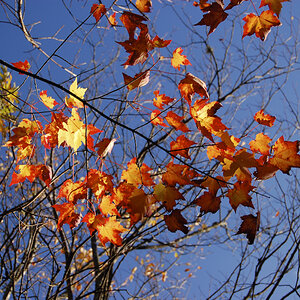
![[No title]](/data/xfmg/thumbnail/36/36400-97a007ae878e1032155c7a7d47eeba73.jpg?1619737552)
![[No title]](/data/xfmg/thumbnail/40/40299-41bf1ccac2889096fb5f4fcffdd56721.jpg?1619739411)
![[No title]](/data/xfmg/thumbnail/32/32638-22cfef06fc91cb3aee39b7b55c36198d.jpg?1619735555)
